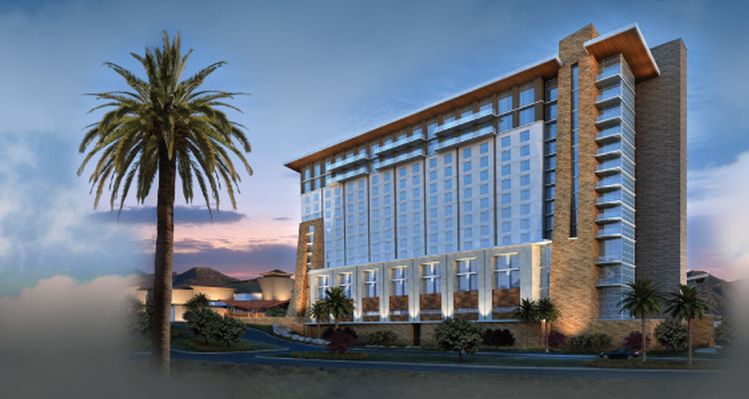The Sycuan Casino in California will be going ahead with plans to expand the casino, with a new hotel and gaming space added. The Sycuan Band of the Kumeyaay Nation has plans to create a hotel with 300 guest rooms, gaming space of 21,000 square feet, a car park with just over 2,000 parking spaces, a spa and fitness center, restaurant and two swimming pools in an outdoor recreational area.
According to a statement on sycuanteis.com, the first phase is just the beginning of a larger expansion for the gaming venue. The tribe outlines their plans in an environmental impact statement which reads that the hotel will be eleven stories and will eventually have an additional 300 guest rooms via a second tower. The gaming space will have 500 new gaming devices added which will provide the operator with 2,500 in total.
The first phase should begin around January or February of 2017 and should cost around $220 million. The second phase time frame has yet to be determined. The tribe expects the expansion to boost their revenues and economic health for the 130 tribal members. It will also create hundreds of permanent jobs and over 1,000 construction jobs while the two-year building period takes place.
The Assistant Tribal Manager for Sycuan’s, Adam Day, stated that the project is an economic development that will help the economy of the tribe and create hundreds of non-native jobs for the surrounding community as well as expand the entertainment offerings of the tribe.
While the tribe is excited about the potential for the project, some residents in the area are not. Many are worried that the expansion will result in increased traffic as well as diminished groundwater supplies. The groundwater is drought-challenged and the new hotel along with additional facilities will have to tap into this resource.
The tribe has reported that a new well is being drilled on the reservation to provide reserves for the new development. Yet those against the project feel that this will not be sufficient. The tribe also plans on following water conservation methods such as reverse osmosis to offset the increased use of water.



